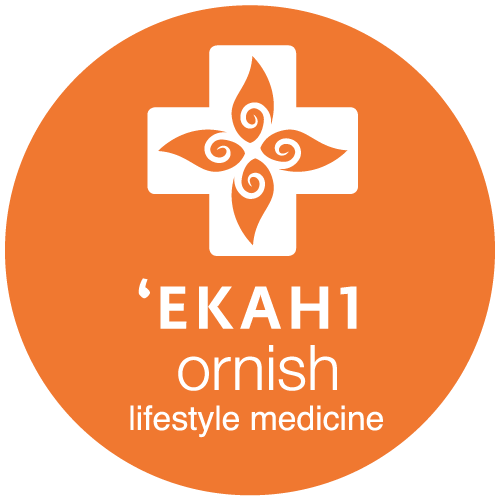Exercise
Aerobic Exercise
Benefits of Regular Aerobic Exercise
Activity and aerobic exercise can improve one’s physical health in many ways. As stated earlier, most of the health benefits of physical activity are gained with only moderate levels of activity. A proper aerobic exercise program will:
- Increase the efficiency of the heart by making it able to pump more blood (increased stroke volume) with fewer beats (decreased heart rate) resulting in increased oxygen availability to the heart
- Increase the ability of muscles to pick up, carry and use oxygen efficiently
- Decrease the oxygen requirements of the heart during rest and activity
- Decrease resting blood pressure such that blood pressure medications may be decreased
- Increase the ability to exercise at higher workloads for longer periods of time, before being limited by fatigue, shortness of breath or chest pain
- Decrease triglyceride levels in the blood and increase the HDL-Cholesterol (good cholesterol) levels, thus making it harder for fats to collect inside artery walls
- Decrease blood sugar and triglyceride levels in the blood such that the types and amounts of blood sugar lowering drugs may be decreased or changed for those individuals with diabetes
- Decrease the blood’s ability to clot and stick to blood vessel walls which decreases the risk for blood clots to block small arteries
- Increase one’s ability to move, thus making it easier to perform daily activities
- Decrease body fat and increase muscle mass
- Increase metabolism
- Increase tolerance to stress by improving one’s outlook on life
- Decrease hostility
- Increase control of stress hormones
- Increase one’s self-confidence and general sense of well-being
- Decrease risk for osteoporosis
Aerobic Exercise Guidelines
The comprehensive lifestyle change program exercise recommendations are based on the distinction of three levels of exertion: inactivity, activity and exercise. Inactivity involves no effort and is illustrated by sedentary pastimes such as watching television or sitting at the computer. The effects of inactivity on the body are negative. In fact, most of the benefits of exercise previously discussed are reversed with inactivity. The next level of exertion is activity. This category includes stop-and-go or low intensity movements such as gardening or golfing. The third level is exercise, or more specifically, “aerobic” exercise. Aerobic exercise is continuous movement, using arms and/or legs at a moderate to high level of intensity, and lasts at least 20 minutes. Some examples of aerobic exercise are swimming, biking and walking. While it is best to minimize the amount of inactivity and important to increase our general level of activity, it is essential that exercise be an integral part of our daily lives.
Additional Links:
Strength Training
Aerobic Exercise
